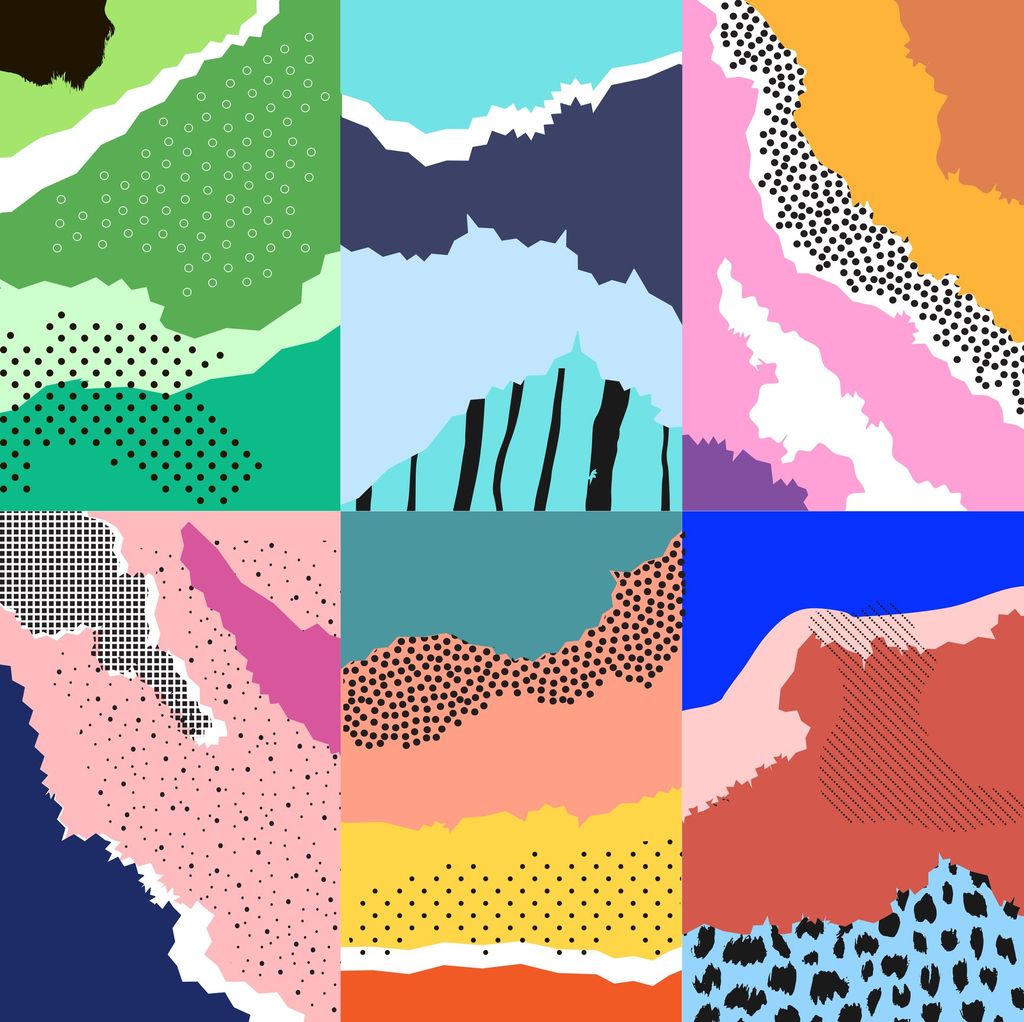
Want to know how much website downtime costs, and the impact it can have on your business?
Find out everything you need to know in our new uptime monitoring whitepaper 2021







The web as a whole is constantly evolving and alongside this comes fantastic innovations in how we display content to the user. Some companies are really leading the way when it comes to innovative user interfaces, so in this blog post I will be highlighting a selection of the trends that these companies are pushing forward and how you can recreate them yourself on your own site.
Whenever I think of innovative UI concepts, my first place to look is always Apple. They tend to have new product releases a couple of times a year, and to showcase these new products they always have a fun, creative webpage to show the primary features. At the time of writing this post, their brand new, highlighted product is the iPad Air 5. This webpage really has the wow-factor, and this is predominantly down to one big feature of the User Interface – scroll-based animations.
Scroll-based animations really make the user feel like they are a part of the ‘show’ that is happening before them, as whenever they decide to scroll their window, the next animation is triggered. This has many benefits, such as the fact that the user can then browse the page at their own pace, rather than watching it in video format at a set pace. These scroll-based triggers also allow for a lot more creativity when it comes to designing a web page.
You may notice that Apple plays a lot with depth on this page, giving the impression that some of the elements are almost popping out of the screen, as well as showing some of their products fading off into the distance.
So how can we create these scroll-based animations ourselves? Well, we could try to go alone and give it a go with some JavaScript and CSS wizardry, but this approach could get very complicated very quickly. Luckily, there are some libraries out there to do the heavy lifting for us. My favourite of these is GSAP’s ScrollTrigger functionality. It is super simple to set up and integrate into your existing project, and (as is shown on their intro page here) allows you to recreate any of the scroll-based animations that you see on the Apple site.
The second trend that I’m noticing a lot more often on sites of development libraries/plugins, are autoplay video demonstrations. One of the sites that I have seen it on (and another great website for forward-thinking design inspiration) is Stripe.
As well as their target audience being possibly less-technical decision makers, you can tell that they are also trying to sell their payments platform to developers, as they have a great autoplaying video demonstration of integrating their service into a project, I am a big fan of this, as a way of providing information in a concise way, as it immediately draws the user’s attention, without needing any extra effort from the user (for instance a click).
One thing to be aware of with this approach is accessibility. Text content embedded within videos can not be accessed with a screen reader, so you need to make sure that any essential embedded content within the video, is also within the HTML on the page. Stripe deal with this in an interesting way. Instead of this content living within a video player, they have actually integrated the content into a <div> container on the page, with everything inside being animated HTML elements.
If the autoplay video technique is something you would like to add to your project (with accessibility considerations in mind), there are some great libraries out there to support you like VideoJS. Alternatively, if you would like to give it a go yourself like Stripe do, then you have tools like TypeIt to animate any text on the page, as if it were being typed out.
The third and final trend that I have been seeing a lot is scroll-snapping. Scroll-snapping uses the movement of a user scrolling through a page, to ‘snap’ the user’s window to certain content points of a page, rather than the smooth scrolling experience you would normally expect. You can think of it as being like a full-screen vertical carousel.
A company that seems to have adopted this trend and executed it to great effect is Tesla. They have an interesting way of displaying each of the products on their homepage by snapping the user’s viewport to a full-screen image of each of the products, as the user scrolls through the page.
Now, this one we can achieve without any heavy JavaScript library, or even any JavaScript at all. We can do this purely with CSS. CSS scroll snap allows you to determine where the user’s viewport should ‘snap’ to after they have finished scrolling. It also has fantastic cross-browser compatibility, which is always a worry when coming across new CSS features. I’d say that out of all of these UI trends, this one would be the easiest to implement as all the functionality to achieve this is already built into CSS.
All in all, I think this is a very exciting time to be designing and developing websites, as the capabilities of what you can now achieve are pretty much endless. We can see that the majority of the trends mentioned include animation, so hopefully in the future we’ll have a lot less reliance one external libraries to achieve these and a lot more functionality will be built into the native languages. With the evolution of web technologies comes design innovation and generally more fun across the web.
Share this

3 min read For any web developer, DevTools provides an irreplaceable aid to debugging code in all common browsers. Both Safari and Firefox offer great solutions in terms of developer tools, however in this post I will be talking about the highlights of the most recent features in my personal favourite browser for coding, Chrome DevTools. For something

6 min read There has certainly been a trend recently of using animations to elevate user interfaces and improve user experiences, and the more subtle versions of these are known as micro animations. Micro animations are an understated way of adding a little bit of fun to everyday user interactions such as hovering over a link, or clicking

2 min read Read about the latest websites that have experienced downtime including Netflix, Twitter, Facebook and more inside!

2 min read Read about how Google suffered an outage due to the soaring temperatures in the UK in July and how they rectified it right here!

3 min read See the results of our website downtime survey to see some of the most shocking and surprising stats! You won’t be disappointed.

6 min read Find out everything you need to know about Dark Mode and what you can do, as a developer, to make it easier to use.
Find out everything you need to know in our new uptime monitoring whitepaper 2021